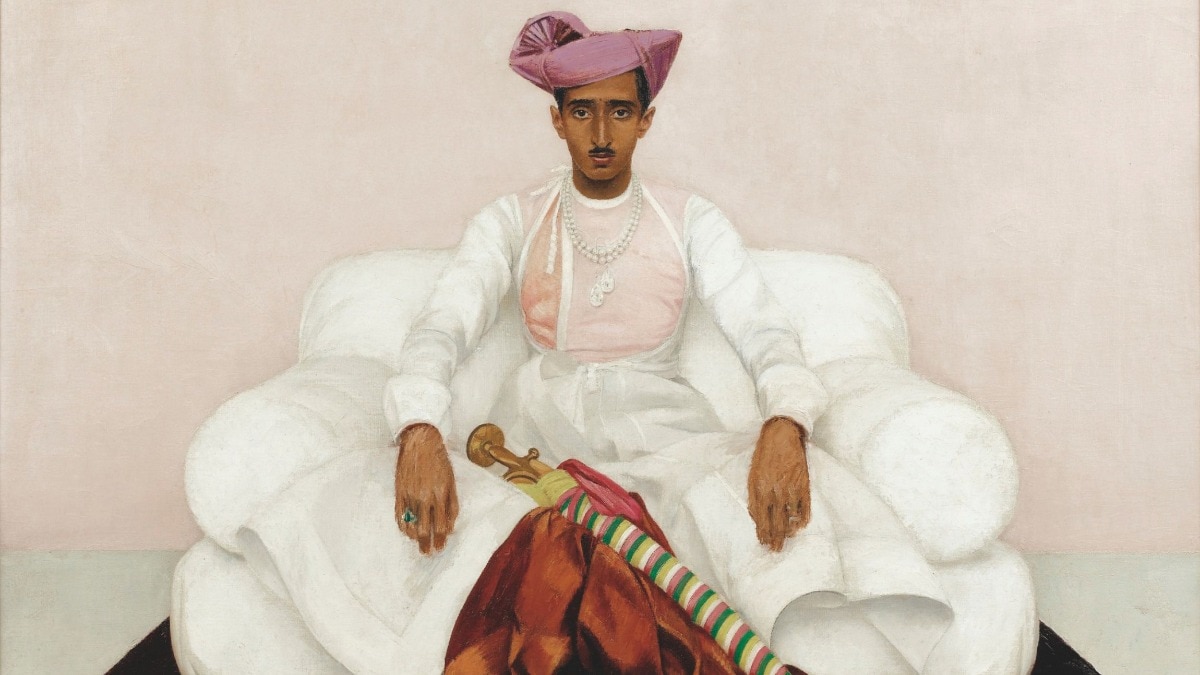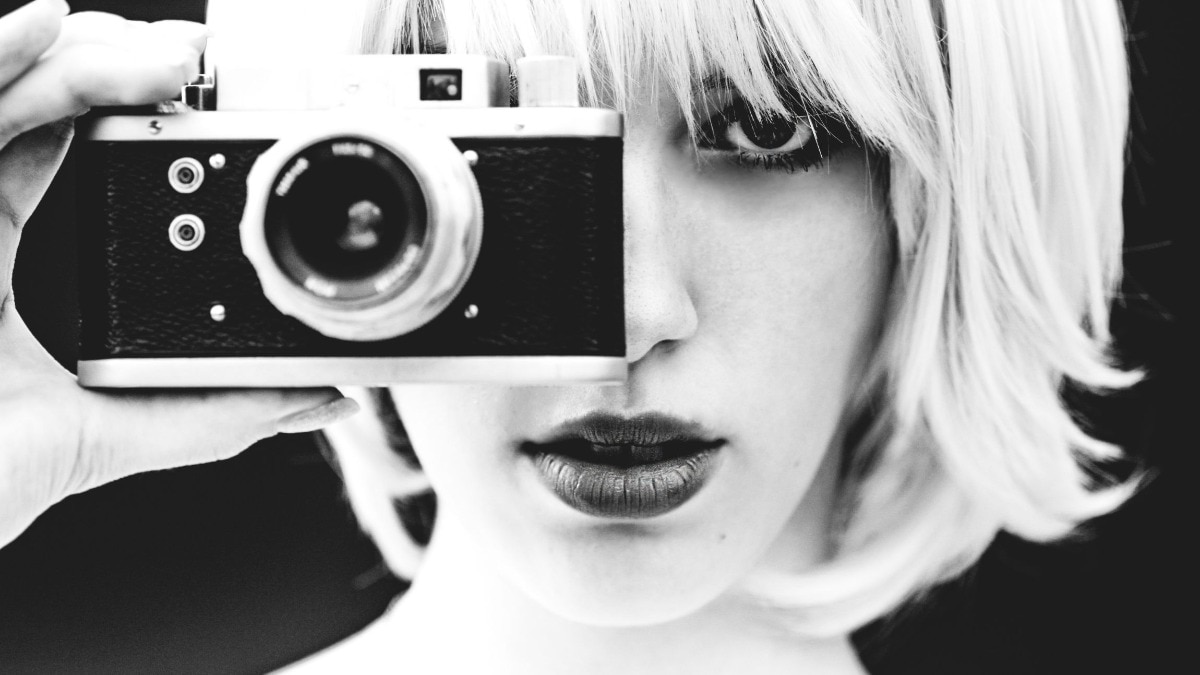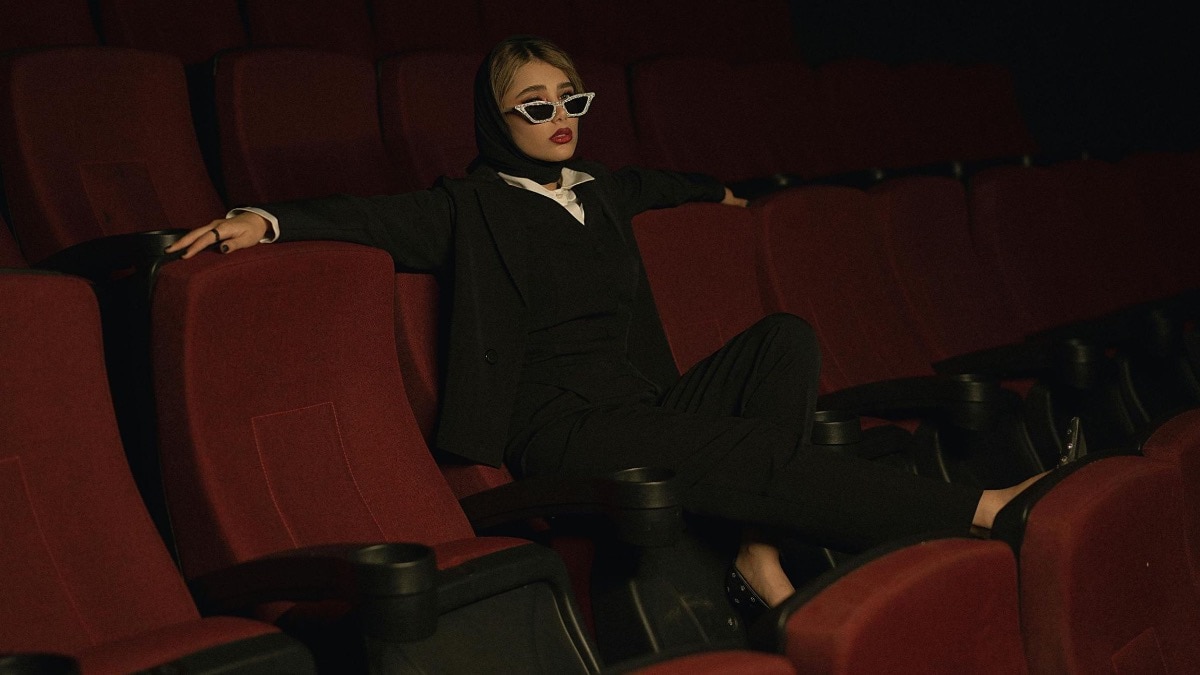Going on a walk to remember with Christian Louboutin in Mumbai
The legendary shoemaker, the man behind the iconic red-soled shoes, takes Bazaar India on an exclusive tour to his favourite spots in the 'City of Dreams'.


It was the age of the bell-bottoms and disco, when a 15-yearold French boy named Christian Louboutin set foot on Indian soil 43 years ago... Here he was in Bombay, a city Christian was already familiar with through the many Bollywood films he had watched at a cinema in Paris. This was India...the land of love, drama, and musicals. Of colour, textiles, and history. Of Dilip Kumar, Amitabh Bachchan, Hema Malini, and Sridevi. It was the start of a love affair that would last a lifetime.
Cut to this sunny morning in Mumbai, where Christian Louboutin—the shoe maverick who has turned the world around with his iconic red-soled shoes—is dressed in a bright-pink suit, set to spend an entire day exclusively with Bazaar India. For today, Christian will be taking us to his favourite spots around town. “I went to Chor Bazaar yesterday, and picked up some of the most wonderful things,” he tells us in his polite, French accent, flipping through the images on his phone. “Just look at how beautiful this lamp is,” he grins.

We make our first stop at the warren-like, dimly-lit Dadar Flower Market, which is the bud of the city’s flower trade—a locale Christian was introduced to during one of his early visits by a friend from Jodhpur. “I love the brightness of the flowers in India... Colours influence my design a lot,” Christian says, referring to the vivid blossoms we have just seen. “In French, we have many references to rich, powerful colours that are named after Indian shades. I really enjoy the vivid pigments you only find here...the marigold or the Indian carnation, Rani pink, the rich orange,” he shares. “You know, there is a difference between the American pink and Indian pink: the Rani pink is stronger, more concentrated, more vivid, more luminous. It is less dull, less flat, and more shiny...”
Speaking of colour, the iconic red sole has made Christian Louboutin’s shoes one of the most recognisable on the planet. And as the story goes, the Eureka moment came when he saw an assistant paint her nails red—Christian quickly slathered the colour onto the bottom of a pair whose design was inspired by Andy Warhol’s 1964 work, Flowers. Today, the red sole is trademarked by the brand, but copies are made frequently. “I’ve seen copies in many places, including Paris,” he states, “I have less of a problem when it’s sold in the market for, say, five dollars... It’s a blessing to have influence on different markets. But when I see another designer copying, that is when it gets irritating! I feel that they shouldn’t call themselves designers if they copy!”
Every season, Christian sketches around 300 pairs, out of which the best make it to the biggest runways and red carpets. Among his most memorable creations, he tells us, are the ‘LOVE’ ballet flats that Christian designed in 1992, inspired by Princess Diana and her visit to the Taj Mahal. “I remember watching her on TV; she seemed so sad and bored looking at her feet...and I thought I wish there was something on her feet that would make her laugh!” So Christian put the letters L and O on one shoe, and V and E on the other. And the style became an instant hit. “My brand was completely new at the time, and nobody knew about the store...I took the photographs for the press release in my garden, which is what got published in all the magazines! That pair is what kept me in business,” Christian reveals, speaking with surprising groundedness despite his phenomenal success.
The other pair that’s memorable for him are the ‘So Kate’ pumps named after supermodel Kate Moss, which have decorated the feet of literally every celebrity. “When something is able to look good on almost everyone, it’s not by accident. It’s part of a long, long process. For me, this pair is an important memory. I know it doesn’t necessarily show, but to create a pair that becomes iconic is an achievement in itself,” Christian shares.

Christian likens a pair of shoes to a sculpture, a philosophy that took root in the fact that his father was a carpenter (“I am taken in by the volume and the three-dimensionality of anything that has to do with artistry”). And so, it comes as no surprise that an art gallery figures high on Christian’s must-visit spots in Mumbai. We make a stop at Sree Goswami’s hip art destination, Project 88 in Colaba, where Bangladeshi photographer Munem Wasif’s second solo exhibit Kromosho is on view. There, we are greeted with hot cups of masala chai, s’il vous plaît, and Christian strolls through the gallery, pausing to carefully observe the works.
The art stop makes us hungry and we once again hit the road, where the conversation continues. The question arises: what makes for a great pair of shoes? Christian’s response is prompt: “If it can appear when you look at it, but also disappear...a shoe that has the possibility to fade into the silhouette of the leg and leave all the limelight to the woman. But also, when you look at it, it looks really beautiful...”

Beauty, according to Christian, is a wide-ranging concept that extends beyond objective beauty. He speaks about a mysterious, inner beauty that is revealed in many ways, such as through a gesture or a word... “In fact, I am more attracted to charm than to beauty,” Christian reveals. It’s afternoon now and we make it in time for our reservation at the designer’s favourite eatery, Gaylord Restaurant on Churchgate, which he has been visiting for decades. “Do you know, the façade of Gaylord was very different earlier...there was no fence, and the floor in the al fresco area wasn’t laid. But the food has always been fantastic!” And so, we order a spread of his favourite dishes—tandoori chicken, cheese naan, palak paneer, paapad, yellow dal, pickles and chutneys, sweet lassi, and finally, gulab jamun. Christian patiently poses for a few photos before we dig in, and the conversation turns towards how many cities in India have changed since he first visited them. For instance, how parts of Chor Bazaar in Mumbai have transformed, and how Goa was when he first came as a teenager (“Fort Aguada Beach Resort was still under construction back then, and the beaches were bare, barring a few homes”). Christian has visited many cities over the years, from Kochi to Mysore, Hampi, Jaisalmer, Ajmer, Assam, Kashmir, Jaipur, Chandigarh, Pondicherry, and Bengaluru, among others...
“Soon after my first solo visit, my friends began joining me in India, like my best friend, Francis... You know, I have never met anyone who hasn’t liked India, never. Sure, I’ve known people who found it a bit confusing at first, but by the end of it, they left loving it and feeling enriched,” Christian recounts.

Speaking of friends, the designer’s bond with the biggest name of Indian couture, Sabyasachi, is famous—the two have even collaborated on a few collections. What’s unexpected, though, is that they met each other entirely by accident. “I knew Sabyasachi’s work but I didn’t know him. The people who spoke about him always said he was a very interesting person, but incredibly shy,” Christian narrates. While walking down the street from the Taj Mahal Palace Hotel, Mumbai, many years ago, which is where Christian is staying this time as well, he came across Sabyasachi’s store, walked in, and ended up meeting him. “Sabyasachi was very, very charming. We spoke about Kolkata and Paris, and commonalities like the common love for food...”. We ask Christian how his perception of Sabyasachi changed after the meeting. “The truth is, Sabyasachi is not shy—he just doesn’t like to waste a lot of time. He prefers one-on-one conversations over large gatherings, just like me; has a very strong respect for family; and holds deep respect for craftsmanship.” The two also share a common love for cinema, “and Sabyasachi was quite impressed when I sang Laila O Laila from Qurbani (1980) for him!”, Christian laughs.

We reach our next destination—Vandana Fabrics on Nepean Sea Road—which Christian often visits for the many textiles available there. “I find that Indian fabric is a pure form of art—the saris, shawls, dupattas, pashminas...looking at the piles and piles of fabric is a pure delight to the eyes,” he shares, adding how the concept of readily buying plain fabric doesn’t exist in France. “What I love about Indian textile is its richness. It gives me a really good glimpse into what India really is: the ethnicity, rootedness, colours, and attention to detail. And the gold works so stunningly! An outsider might find it flashy, but under the Indian sun, it shines remarkably!” he smiles. As Christian perches himself upon the table for a photo, a salesman tosses up some fabric in the air and Christian turns to catch it... “There is something very democratic about spending time with the salespeople, looking at fabric, and exchanging your points of view. It is a true conversation, a true form of cultural dialogue with the civilisation,” Christian states.

price on request
We step out, and the sun begins to set. So we quickly make our way to Christian’s favourite store that sells vintage Bollywood posters—Indian Hippy in Pali Hill, Bandra. Here, we are surrounded by posters of Don (1978) and Deewaar (1975), among many others, and Christian’s face lights up. Indian cinema was, after all, how his tryst with the country began in the first place. And what better way to wrap up a lovely day we have spent together, discussing fashion, history, beauty, culture, and, of course, shoes. The last photograph is taken, and we get ready to leave. But rather than saying goodbye, we part like the French do...with an “à bientôt”, which means, “see you soon”










